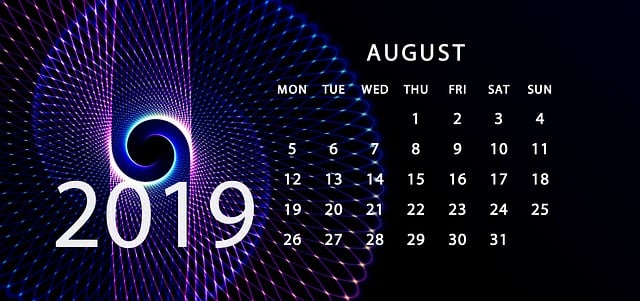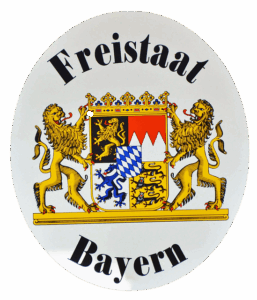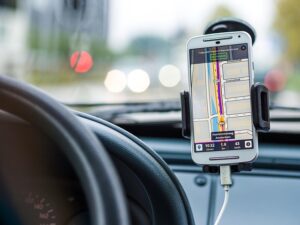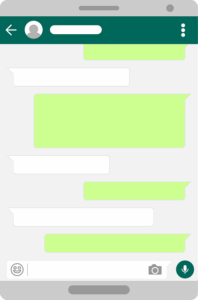Communication Strategies for Non-Verbal Learners in August
In August, as students return with diverse learning styles, incorporating visual aids, sign language…….

In August, as students return with diverse learning styles, incorporating visual aids, sign language, and adaptive tech like gesture recognition and speech-to-text software is vital for inclusive education. These strategies enhance communication for non-verbal learners, build resilience, and foster an emotionally intelligent classroom environment, ensuring active participation and global educational equity.
In August, effective communication strategies are essential to engage non-verbal learners. This article explores tailored approaches to meet their unique needs, delving into powerful tools like visual aids and body language interpretation. We discuss sign language recognition, adaptive tech innovations, and strategies to enhance expression and access for this often-overlooked learner group. By understanding their methods, we can create more inclusive environments and facilitate meaningful connections.
- Understanding Non-Verbal Learners' Needs
- Visual Aids: A Powerful Tool for Communication
- Body Language: The Unspoken Word
- Sign Language and Gesture Recognition
- Adaptive Tech: Enhancing Expression and Access
Understanding Non-Verbal Learners' Needs

Non-verbal learners represent a unique and often overlooked segment within the educational landscape. Understanding their specific communication needs is paramount in the 21st-century teaching methods, where inclusivity and accessibility are key principles. These individuals may rely heavily on visual aids, gestures, and other non-linguistic cues to absorb information effectively. By recognizing and catering to these preferences, educators can significantly enhance learning experiences.
During the warmer months, like August, staying motivated can be a challenge for all types of learners. However, for non-verbal learners, it’s crucial to employ strategies that keep them engaged without relying solely on verbal communication. Adult learning resources designed with their needs in mind offer a wealth of opportunities. For instance, incorporating multimedia elements, such as videos and interactive simulations, can provide alternative pathways for knowledge acquisition. Additionally, encouraging participation through hands-on activities and visual demonstrations ensures they stay actively involved throughout the learning process. Visit us at mindfulness for learners anytime to explore more tailored strategies that foster inclusive education.
Visual Aids: A Powerful Tool for Communication

Visual aids can be a game-changer for non-verbal learners, offering a dynamic and engaging way to communicate ideas effectively. During August, as students return to school with diverse learning styles, incorporating visual tools into lessons is an excellent strategy to foster inclusivity. Back-to-school art projects, for instance, don’t just spark creativity but also serve as powerful communication channels. These projects allow learners to express themselves visually, enhancing their ability to convey thoughts and emotions that might be challenging to articulate verbally.
Resilience building activities can seamlessly integrate visual aids, transforming lessons into interactive experiences. For example, using colorful diagrams or infographics to illustrate problem-solving steps encourages non-verbal learners to visualize processes. By giving us a call at creative writing prompts August, educators can access a wealth of resources and ideas tailored to diverse learning needs. This approach not only strengthens communication skills but also builds confidence in a supportive environment, ensuring every student, regardless of their verbal abilities, can actively participate and contribute during the back-to-school season.
Body Language: The Unspoken Word

Body Language: The Unspoken Word
In August, as students and educators gather for the new academic year, understanding non-verbal communication becomes paramount, especially for emotionally intelligent classrooms. Body language plays a pivotal role in conveying information and emotions, serving as the unspoken word that complements verbal messages. Teachers equipped with tech tools for teachers can enhance their teaching strategies by recognizing and utilizing these subtle cues. By incorporating behavioral intervention plans tailored to each learner’s non-verbal expressions, educators foster an inclusive environment where every student feels heard and understood.
Paying attention to gestures, facial expressions, and posture allows teachers to adapt their communication approaches effectively. This awareness enables them to build stronger connections with students, making learning more engaging and productive. Moreover, it facilitates the creation of a supportive atmosphere that encourages open dialogue, ensuring all voices are heard. So, this August, as we embark on a new school year, let’s give us a call at test-taking strategies and embrace the power of non-verbal communication to revolutionize our teaching methods.
Sign Language and Gesture Recognition

In an age where technology continues to evolve, Sign Language and Gesture Recognition are emerging as powerful communication tools for non-verbal learners. With advancements in artificial intelligence, these technologies offer more accessible ways to express and interpret gestures, providing a bridge between spoken and unspoken communication. For instance, during the summer months, engaging in cultural awareness activities that incorporate sign language can be both enriching and educational, fostering inclusivity among diverse student populations.
Teacher training webinars play a pivotal role in equipping educators with the skills to integrate these tools effectively into classroom settings. By participating in such professional development opportunities, teachers can learn how to use gesture recognition software to enhance lessons for non-verbal students, ensuring every learner receives the support they need during August and beyond. For those seeking further guidance, special education support is readily available; give us a call at Special Education Support August to explore tailored solutions.
Adaptive Tech: Enhancing Expression and Access

Adaptive technology plays a pivotal role in enhancing communication for non-verbal learners, fostering inclusivity and enabling expression on their terms. This innovative field offers tools that cater to diverse learning needs, ensuring every student can actively participate in the classroom. For instance, speech-to-text software empowers individuals who struggle with verbal communication by translating their thoughts into written words, thereby facilitating engagement during discussions.
As we approach the end of summer reflection activities, it’s essential to consider how these technologies contribute to future readiness planning. Global learning initiatives benefit immensely from adaptive tech, promoting universal access to education and fostering a more inclusive learning environment. By embracing such advancements, educational institutions can better support non-verbal learners, prepare them for academic success, and cultivate a sense of belonging in the classroom, marking a significant step towards a more equitable global education system.
In August, as we conclude our exploration of communication strategies for non-verbal learners, it’s evident that tailoring approaches to meet their unique needs is paramount. From visual aids and body language interpretation to sign language recognition and adaptive technology, these tools empower non-verbal individuals to express themselves effectively. By embracing diverse methods, we can foster more inclusive environments, ensuring every voice is heard and respected.







